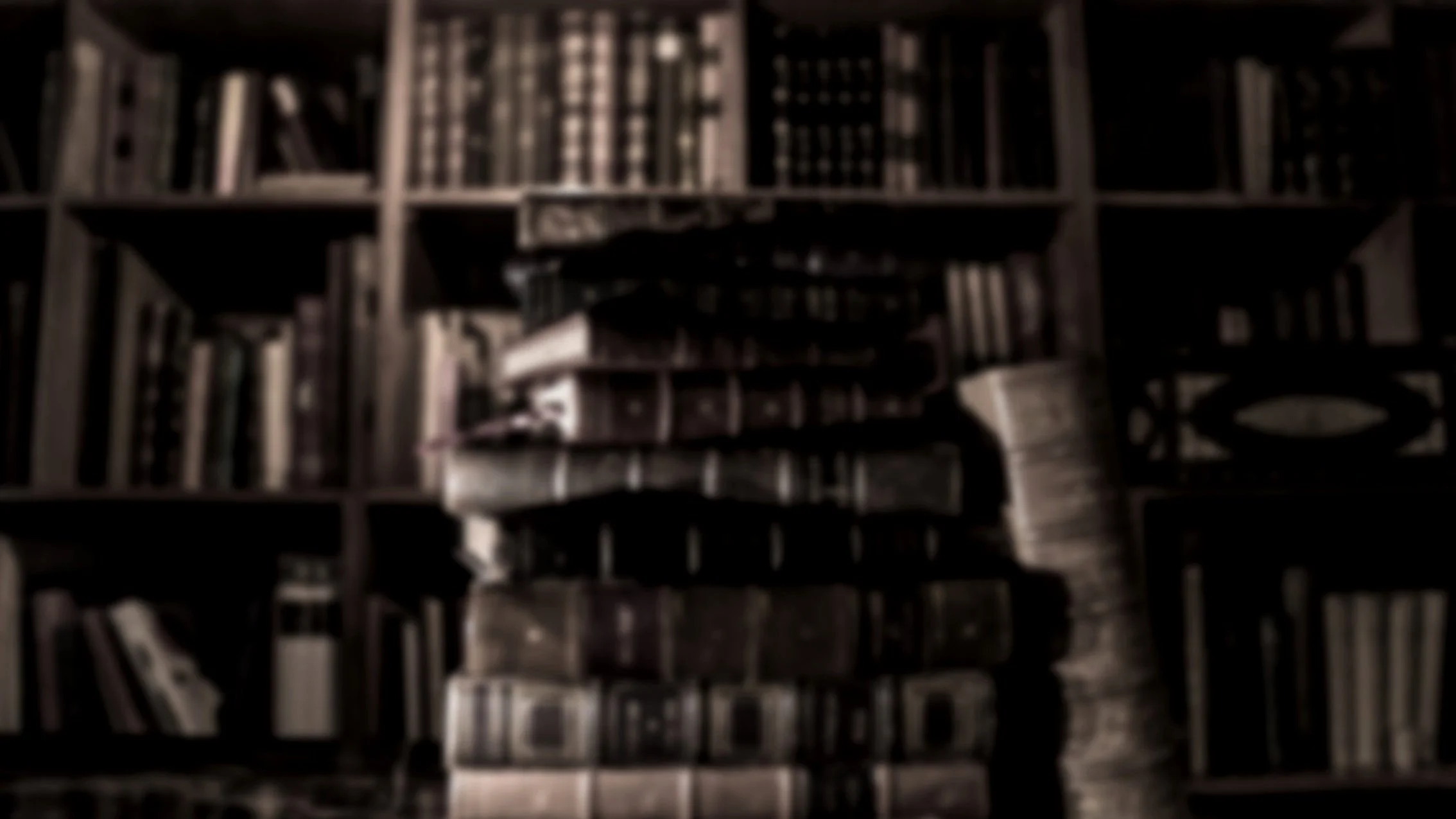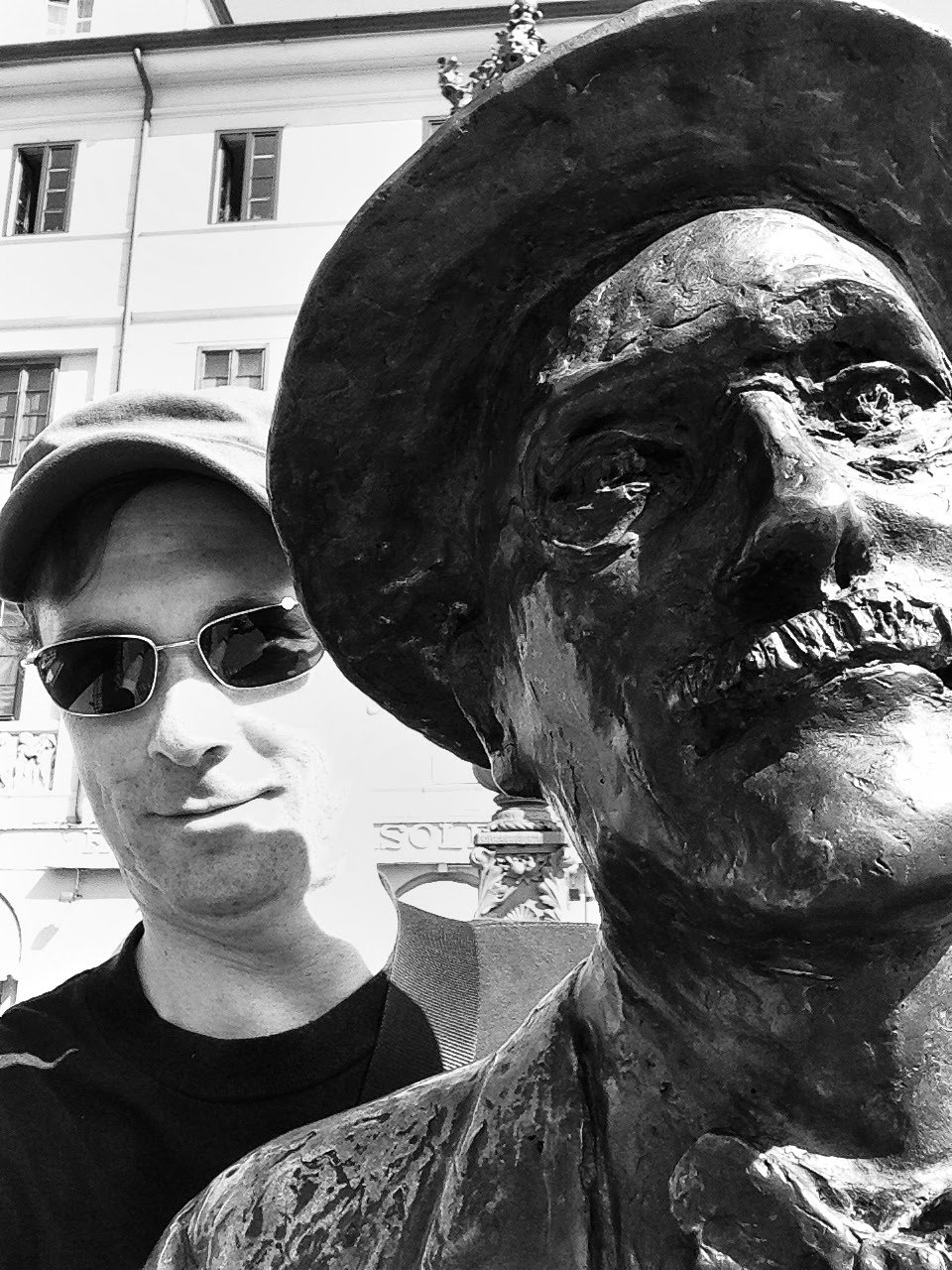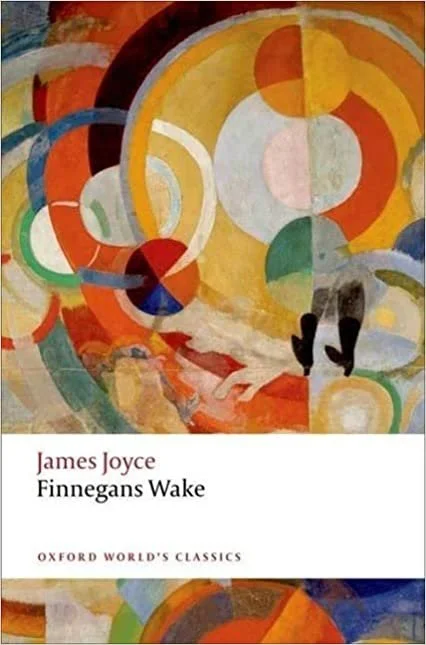ME AND JAMES JOYCE
Me and James Joyce
Book reviews
As with most things in life, I’ve come to approach the works of James Joyce in a completely illogical order.
My first introduction to the great Irishman came at the age of fifteen when we were assigned the story ‘Ivy Day in the Committee Room’ from Joyce’s first published work ‘Dubliners’ as part of our English Literature curriculum. Why the Powers That Be chose that particular tale, I’ll never know - it’s the worst in the collection by a long way - fairly impenetrable without a knowledge of Irish history and politics of the time.
And that put me off both Joyce, Dubliners and short stories in one fell swoop.
The next point of contact was about eighteen years later when it turned out that the woman who was to become my wife was an ardent Joyce fan. We actually traveled to Ireland to see the Martello Tower on the coast where the opening scene in Ulysses takes place.
After that I thought I’d better try to read that most famously impenetrable of works for myself, but although I was well accustomed by that time to long and difficult books, I stopped after a couple of hundred pages. It wasn’t that it was difficult, it just didn’t engage me enough, it didn’t spark anything in me.
Some years after that I found myself in Trieste, Italy and took a selfie next to Joyce’s statue there and went to the cafe where he used to hang out. And all this without being a fan and having only read one short story and a bit of one novel and not enjoyed either.
Last year, however, as documented previously in this blog, I suddenly decided it was high time to try Ulysses again, and did so, thoroughly enjoying it and being genuinely sad when it ended.
Why I didn’t start my Joycean odyssey with Dubliners, in a chronological fashion, I don’t know, but after Ulysses I even began Finnegans Wake, the notorious ‘follow up.’. It’s still an ongoing project, that one.
Such was my enjoyment of Ulysses that I decided it was finally time to get to grips with his earlier works. I didn’t have high hopes for Dubliners, given my aforementioned exposure to it at school, but what a revelation was in store for me!
Dubliners is a supremely great work, a collection of short stories designed to portray the citizens of that city in a realistic light, warts and all. The results show Joyce to be a master of what I might term ‘conventional’ prose here. You can understand why, after this triumph, he wanted to branch out and experiment.
The evocative pieces culminate in the astounding final story The Dead, which for me lived up to its reputation as one of the finest short stories of all time. Here Joyce captures perfectly the miscommunication between a husband and wife: he, finding once again his amorous passion for her, while failing to comprehend her mood which is shaped by the memory of an earlier love who perished for her.
Overall I gave this book a 9/10, a point being dropped for the slight first story, Two Sisters, and the previously mentioned Ivy Day in the Committee Room.
Once again we see how coming back to a book decades later can completely change one’s perspective on it.
That left Portrait of the Artist as a Young Man, Joyce’s acclaimed Bildungsroman.
Oh dear. What a big disappointment. For me, Virginia Woolf’s comment on Ulysses is more appropriate for this book, since she declared it “the work of a queasy undergraduate scratching his pimples.”
For me there were two big problems with Portrait of the Artist. First, it sits awkwardly between two literary realms both of which Joyce had excelled in. Dubliners had shown that he was a master of ‘traditional’ prose, Ulysses that he had successfully taken the form of the novel into new and exciting territories through groundbreaking experimentation.
Portrait is neither one nor the other, and fails because of it. The wonderful writing of Dubliners is there at times, but so too are what for me are rather clumsy sentences with annoying repetition of words (was that supposed to be a style?). The experimentation is there too, evident in the blurry transitions and Joyce’s willingness to mention things not normally mentioned in Edwardian times, but nothing as radically different as in the succeeding works.
Portrait is Joyce caught halfway between two modes and as a result is a messy compromise.
The second problem I had with it is Joyce’s narcissism. Large sections of the book seem to be there only to show us how erudite he is. The long passages near the end with the group of students talking to each other in Latin and showing off their precocious knowledge and feats of memory spring to mind.
On a more personal level, I really disliked the sections dealing with the Catholic church. I detest this particularly vile form of christianity, and found myself bored with the tedious sermon in the novel, all hellfire and damnation, which so many readers seem to find wonderful. Yes, of course the struggle with guilt is central to the main character, and religion would have loomed large in the lives of the citizens of Dublin of the time, but it does nothing for me.
In the end I gave the book a generous 7/10.
Next, Finnegans Wake. I’m forty pages in, and I’m loving it. What made me dare to start this lengthy tome of complex multilingual puns was a review I read at Goodreads. Someone mentioned that as a teenager they had frequently scribbled down passages of gobbledygook, substituting words with similar-sounding ones to make bizarre sentences as a kind of stress-relieving outlet. When they began to read Finnegans Wake, they immediately felt at home, because this is precisely the nature of Joyce’s language here.
I too employ this odd stream-of-consciousness jotting - the margins in my teacher’s notebooks are full of it - and so as I knew Joyce’s final work was not going to intimidate me, I procured a copy and immediately found it to be hilarious.
Just don’t expect a review for another year or two, though.




